The fact that the north-western region of Bulgaria is the poorest in the EU could actually` turn out to be beneficial for the development of tourism. What is the reason? This region offers tourists magnificent nature, preserved from large factories, overcrowded cities and resorts. If one’s eyes are open for beauty, there is a lot to see here.
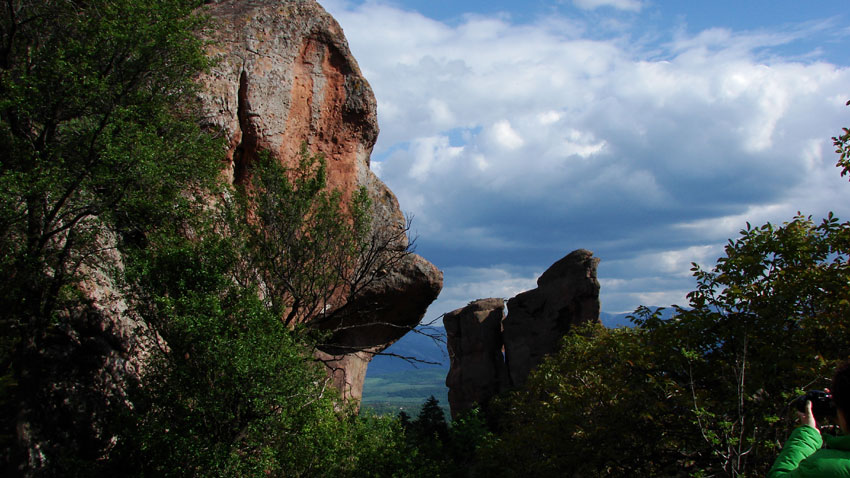
In the border region with neighboring Serbia, a region that is little known by mass tourism is situated. The Balkan Mountain is extremely picturesque here with ancient monasteries and villages huddled in the foot of the mountain. Here and there one sees deserted villages or small towns, as if frozen in time with their characteristic gray panel blocks and faded slogans of a bygone era. Unlike other far more popular tourist areas in the country, we will not find hotels and guest houses everywhere. But if you spend some time searching the Internet before the start of your trip, you will find comfortable accommodation. There are excellent guest houses in the area that offer everything you need to relax. 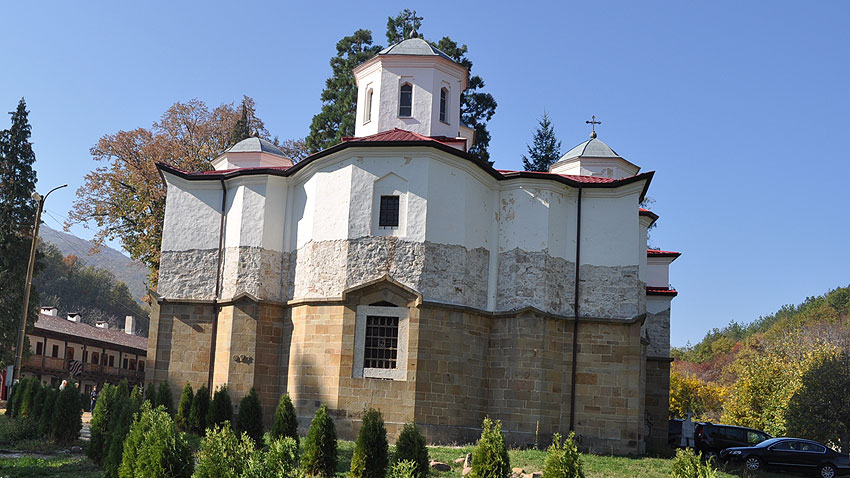
Thanks to a series of European projects there are a number of marked trails in the region, leading to beautiful spots. One of these is the so-called Razkrast. It is located at the foot of Mount Vedernik (1124 m), where the scattered remains of a Roman fortress also lie. Breathtaking views of neighboring Serbia, the Belogradchik rocks and the Chuprene nature reserve are revealed from here and if the weather allows, one could even see, the Carpathians. So if you love nature and hiking, grab your backpack and head up the Balkan Mountain. You will find yourself on the edge of deep gorges and caves. Among the caves in the region are the Desni Suhi Pech and the Levi Suhi Pech caves, near the village of Dolni Lom.
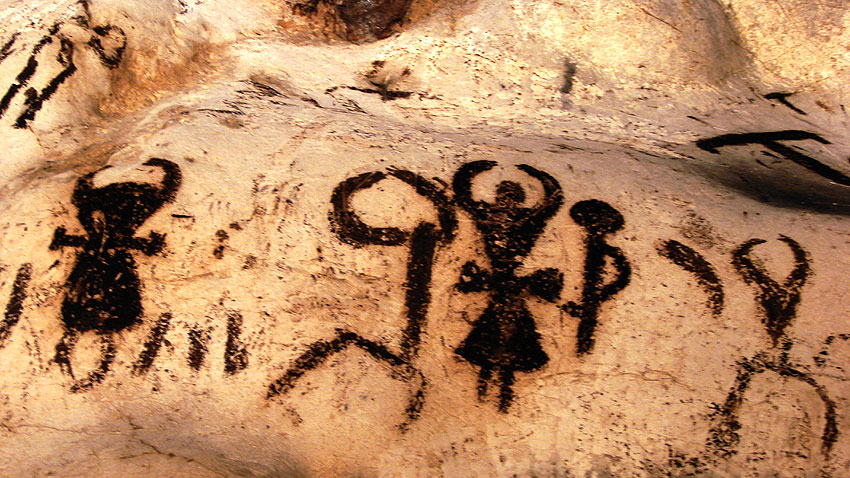
The caves are inhabited by three species of bats. The cave of Kozarnika is also situated nearby. Some time ago the cave gained international prominence with a unique archaeological find dating back to some 1.4 million years ago. In the cave a tooth of Homo erectus was found. If the dating is correct, this would be the oldest record of human presence in Europe. Another cave in the area should not be missed too - the Magura Cave near the village of Rabisha. Its walls are covered with paintings since the late Paleolithic times, while the most recent are from the Bronze Age or 3000 BC. One of the corridors of the Magura is used for production of unique Bulgarian sparkling wine. This is not surprising given the fact that this part of Bulgaria is known as a wine region. Varieties like Gumza, Mavrud, Cabernet, Pinot Noir, etc. are grown here and have enjoyed good reception in foreign markets. Religious tourism is also popular in this region. The most frequently visited monasteries are the Klisurski, Lopushanski and Chiprovski.
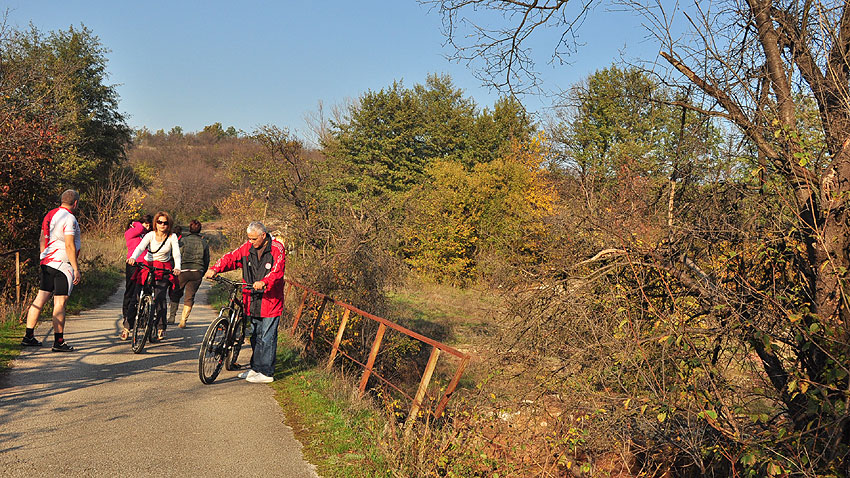
If you ask Radoslav Mladenov, owner of two hotels at the foot of the cliffs, the area is the best place in the world for cycling. Some time ago together with local enthusiasts the entrepreneur established a cycling club and bought bikes to rent to guests. He says there are some 360 km of bike routes that take cyclists to the most emblematic spots in the area. Germans, Frenchmen, Spaniards, Belgians and Dutch just cannot get enough of the pristine beauty of the rocks and the surrounding area.
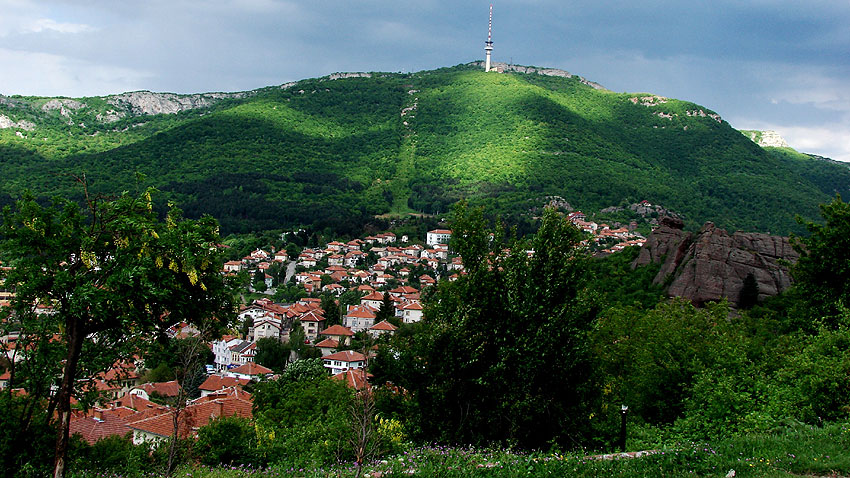
"These people love nature," says Radoslav. "They want to see something different from mass tourism, they want to be part of nature. Foreigners like it here because there is no industry, it's all pure, natural. About twenty percent of visitors ride bikes, while others prefer walking or climbing Mount Mindzhur. We offer our guests traditional cuisine. Among our specialties is the so-called "belmush" - slowly melted fresh white cheese with flour. "
The belmush, which happens to contain huge amounts of vitamin E, is also the perfect appetizer for brandy and red wine. After a good lunch one can continue wandering, whether on foot or by bicycle, deeper into the forests of Stara Planina.
English version: Alexander Markov
Photos: Veneta NikolovaIn the southwesternmost corner of Bulgaria, high in the Ograzhden Mountains, we find ourselves in a fairy-tale paradise – the magnetic village of Dolene. Everyone who comes here gasps in surprise, because the view is very unusual for most Bulgarian..
The steam locomotive train rides organized by the Bulgarian State Railways (BDZ) on various occasions and holidays for lovers of old trains have become a tradition. The puffing train, which emits a lot of steam and smoke, and its sonorous whistle are..
Sakar, one of the most mysterious and little-known mountains in Bulgaria, is slowly but surely becoming a new destination for sustainable tourism. The area, located between the Eastern Rhodopes and Strandzha Mountain, has remained..

+359 2 9336 661
